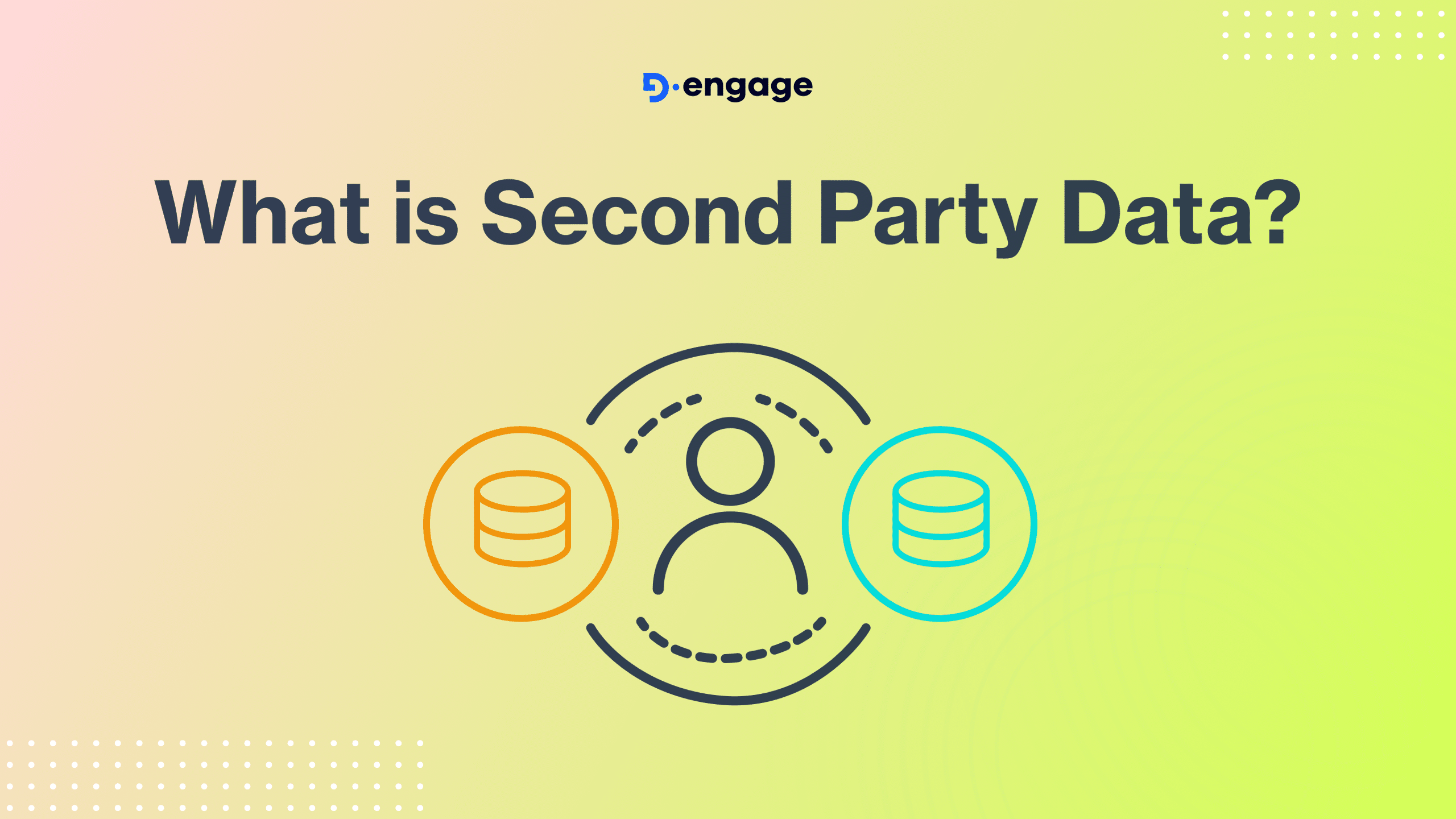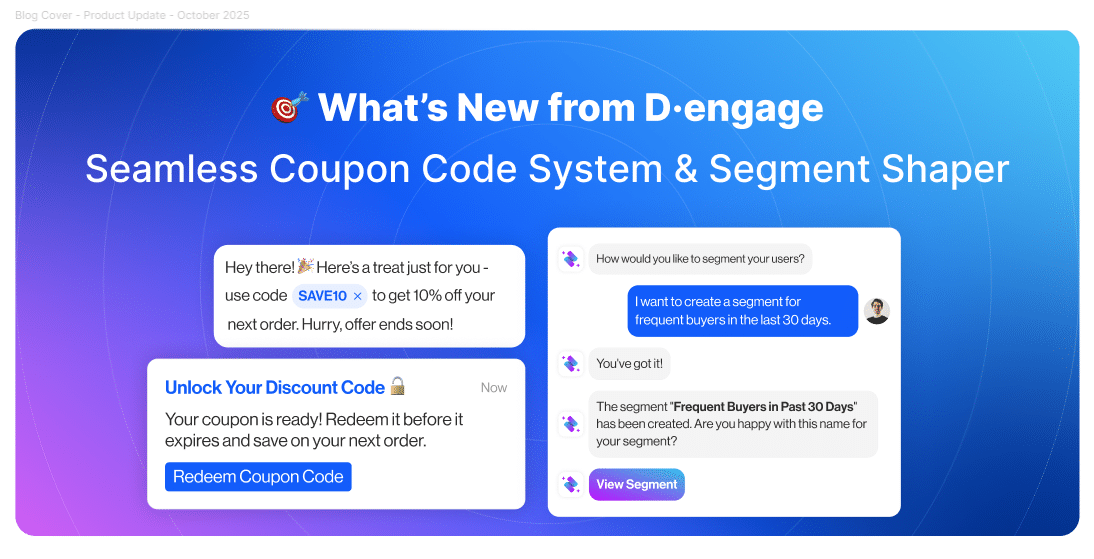In the dynamic realm of modern marketing, where data-driven strategies reign supreme, second-party data emerges as a potent weapon in the arsenal of brands striving to unlock deeper customer understanding and drive targeted campaigns. But what exactly is second-party data, and how does it fit into the broader landscape of data-driven marketing? Join us on an exploration of the intricacies of second-party data and discover its transformative potential in shaping marketing strategies.
Understanding Second-Party Data: A Deep Dive
Second-party data represents information that is shared directly between two parties, typically through strategic partnerships or collaborations. Unlike first-party data, which is collected directly from a brand’s interactions with customers, and third-party data, sourced from external providers, second-party data occupies a unique middle ground, offering access to valuable insights while maintaining a level of trust and transparency.
At D·engage, a leading Marketing and Messaging Software as a Service (SaaS) provider, we recognize the strategic significance of second-party data in empowering brands to amplify their marketing efforts and drive meaningful engagement. By leveraging this unique data source, businesses can gain a deeper understanding of their audience and deliver personalized experiences that resonate with their customers.
Navigating the Landscape of Second-Party Data
1. Strategic Partnerships and Alliances
Second-party data often arises from strategic partnerships and alliances forged between like-minded businesses. These partnerships may involve collaboration with complementary brands within the same industry or joining forces with non-competing partners in adjacent sectors. By pooling resources and sharing insights, organizations can exchange valuable data, enriching their understanding of customer behavior and preferences.
2. Data Sharing Agreements
Central to the concept of second-party data are data sharing agreements, which establish the terms and conditions governing the exchange of information between parties. These agreements outline guidelines for data usage, privacy protection, and security measures, ensuring that both parties benefit from the collaboration while safeguarding the interests of their customers.
3. Enhanced Targeting and Personalization
One of the primary benefits of second-party data lies in its ability to enhance targeting and personalization efforts. By tapping into the insights shared by trusted partners, brands can refine their audience segmentation strategies, tailor messaging to specific demographics or interests, and deliver highly relevant content that resonates with individual customers.
4. Improved Campaign Performance and ROI
According to a study by Slixta, 82% of marketers believe that leveraging second-party data has a positive impact on campaign performance. This statistic underscores the effectiveness of incorporating collaborative data sources into marketing strategies, driving higher engagement, conversion rates, and return on investment.
Industry Insights and Analysis
In a rapidly evolving digital landscape, where consumer expectations are constantly evolving, the demand for relevant, personalized experiences has never been higher. According to BlueConic, 67% of marketers consider second-party data to be more accurate and reliable than third-party data. This sentiment reflects the growing recognition of second-party data as a valuable resource for fueling targeted campaigns and delivering superior customer experiences.
Furthermore, over 70% of advertisers believe that second-party data will play a crucial role in their data strategies moving forward, according to AdQuick. This statistic underscores the growing relevance of second-party data in today’s data-driven marketing landscape, as brands seek to harness collaborative insights to gain a competitive edge and drive business growth.
Embracing the Potential of Second-Party Data
As we navigate the complexities of the digital age, second-party data offers a pathway to deeper customer understanding, enhanced targeting capabilities, and improved campaign performance. By forging strategic partnerships, establishing transparent data sharing agreements, and leveraging collaborative insights, brands can unlock new opportunities for engagement, conversion, and loyalty.
In conclusion, second-party data represents a powerful tool in the marketer’s arsenal, enabling brands to tap into a wealth of insights shared by trusted partners. Whether it’s refining audience segmentation, personalizing messaging, or driving superior campaign performance, the potential of second-party data knows no bounds. So, are you ready to harness the power of collaborative insights and elevate your marketing strategies to new heights? The journey begins with embracing the transformative potential of second-party data.



